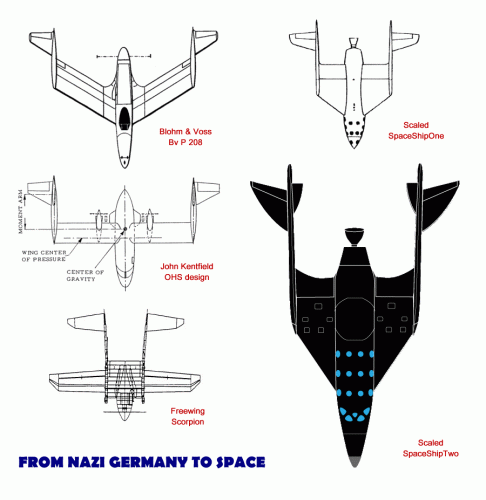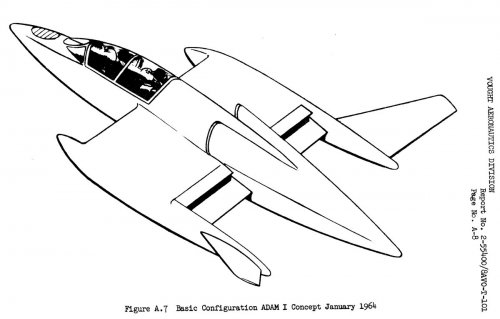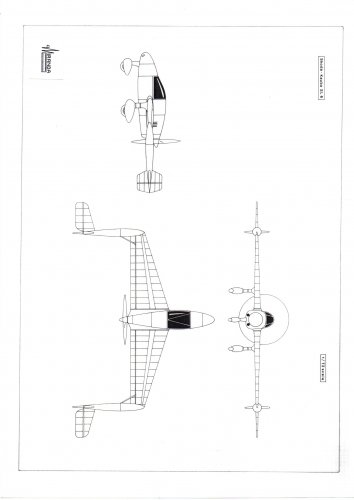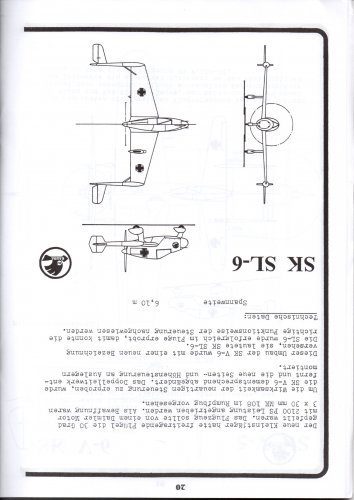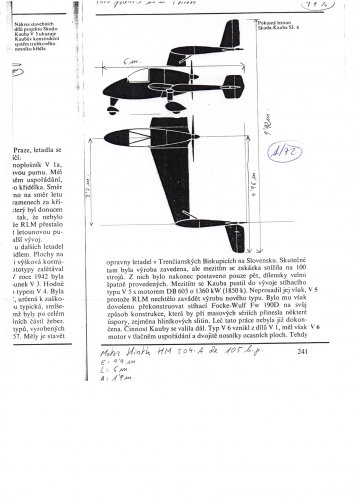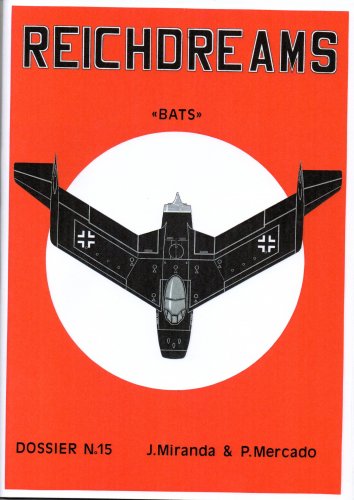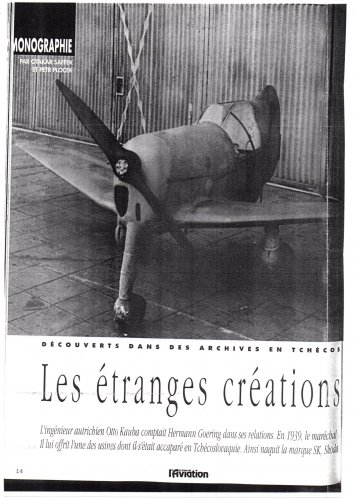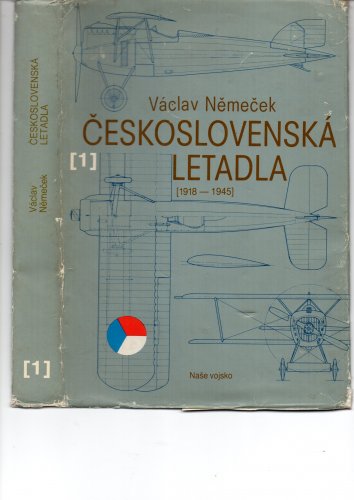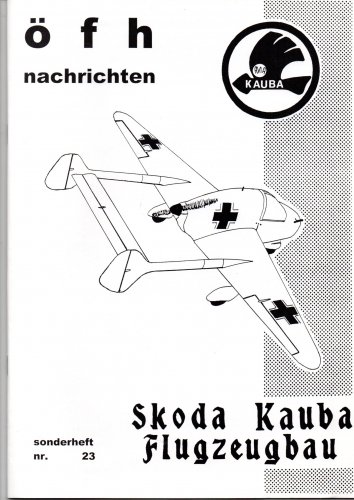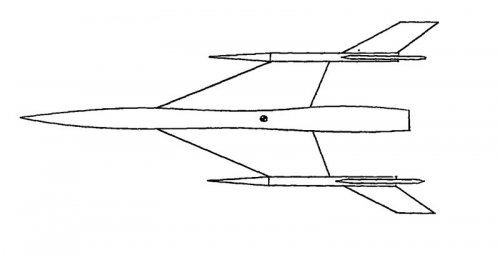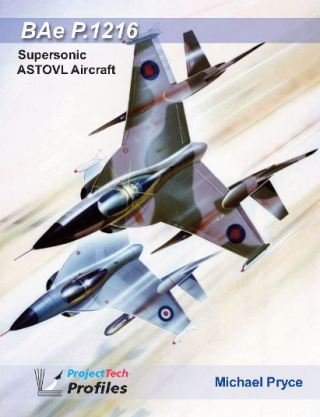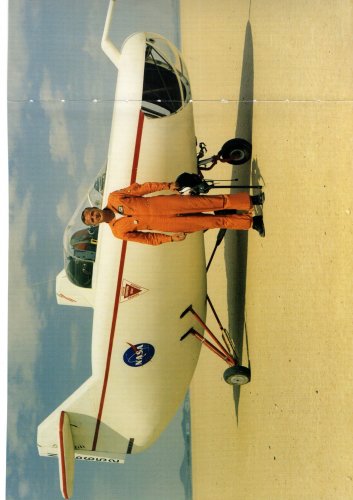Update after having got hold of:
- Hans Amtmann; "Blohm und Voss Remembered", Aeroplane Monthly; Part 1, February 1998, pp.22-27; Part 2, March 1998, pp.12-15.
- Hermann Pohlmann; Chronik eines Flugzeugwerkes, B&V 1932-1945 ("Chronicle of an Aircraft Manufacturer"), Motorbuch Verlag 1977.
- Zdenek Titz and Jaroslav Zazvonil; "Kauba's Dwarfs", Flying Review International, Nov 1965, pp.169-172.
Amtmann was Vogt's head of new projects almost from the word go and, like Vogt, was swept up in the aftermath of war under Operation Paperclip and given a new career in the USA. Pohlmann joined the company during the war as Vogt's deputy, to relieve some of the pressures on him. When the Blohm brothers were eventually allowed to resurrect the aircraft division, also known as Hamburger Flugzeugbau (HFB), after the war, Pohlmann rejoined it. These two sources are therefore eyewitness accounts by key members of Vogt's team.
Dan Sharp's bookazine,
Luftwaffe: Secret Jets of the Third Reich, is nearly as good a source, being culled from original documents. Taken together, these sources support the following observations:
The order for three machines was received not for the P.212 but, in the last weeks of the war, for the P.215. Detail design or planning had scarcely begun, if at all, before the war ended. Certainly, no metal was cut.
The Ae 607 delta is at best a red herring, it has zero provenance as far as B&V are concerned. [UPDATE: Now verified after all, as an unofficial drawing: see subsequent posts]
Verifiable projects included:
- Škoda-Kauba SK SL6. This proof-of concept prototype did fly. A modified SK V6, it did not however have a swept wing, instead having the tail surfaces mounted on extra-long wingtip booms.
- BV P.208 pusher prop fighter proposal.
- BV P.209.01 unofficial study. Early variant of the more conventional turbojet-powered P.209 proposal.
- BV P.210 unofficial study. Modified P.209.01.*
- BV P.212 turbojet entry in the 1-TL Jäger fighter competition.
- BV P.215 twin turbojet night fighter project. Three prototypes ordered just weeks before the war ended.
* There may also have been a more conventional turbojet-powered P.210.02 proposal and a BV P.214 turbojet interceptor proposal. There is no evidence in these sources to support the P.210.02 or the P.214. While they are mentioned by David Masters in his
German Jet Genesis, he does not give his own sources so they cannot be verified.
Sorry, no takeoff speed given for the P.215.

